Doggo IOT
Environmental Monitoring
Air Quality Monitoring
Air quality monitoring with IoT (Internet of Things) involves using small, internet-connected devices to measure various pollutants in the air, such as particulate matter, carbon monoxide, and nitrogen dioxide.
These devices, also known as sensors or nodes, can be placed in different locations, such as homes, offices, or public spaces, to collect data on the quality of the air. The data collected by these sensors is then transmitted to a central database, where it can be analyzed and visualized for various purposes, such as identifying pollution hotspots, tracking trends over time, and informing policy decisions.
We can obtain more precise and real-time data on the status of the air we breathe by deploying IoT devices for air quality monitoring, which may help individuals, organizations, and governments take appropriate measures to minimize pollution and safeguard public health.
Read more: Indoor Air Quality in Malaysia.

Water Quality Monitoring
Water quality monitoring with IoT involves using sensors, devices, and data analytics tools to measure and analyze various parameters of water quality, such as temperature, pH, dissolved oxygen, turbidity, and nutrient levels. These sensors can be deployed in various locations, such as rivers, lakes, and reservoirs, and can transmit data in real-time to a central location for analysis and action.
Water quality monitoring with IoT is being used in a variety of applications and settings, including:
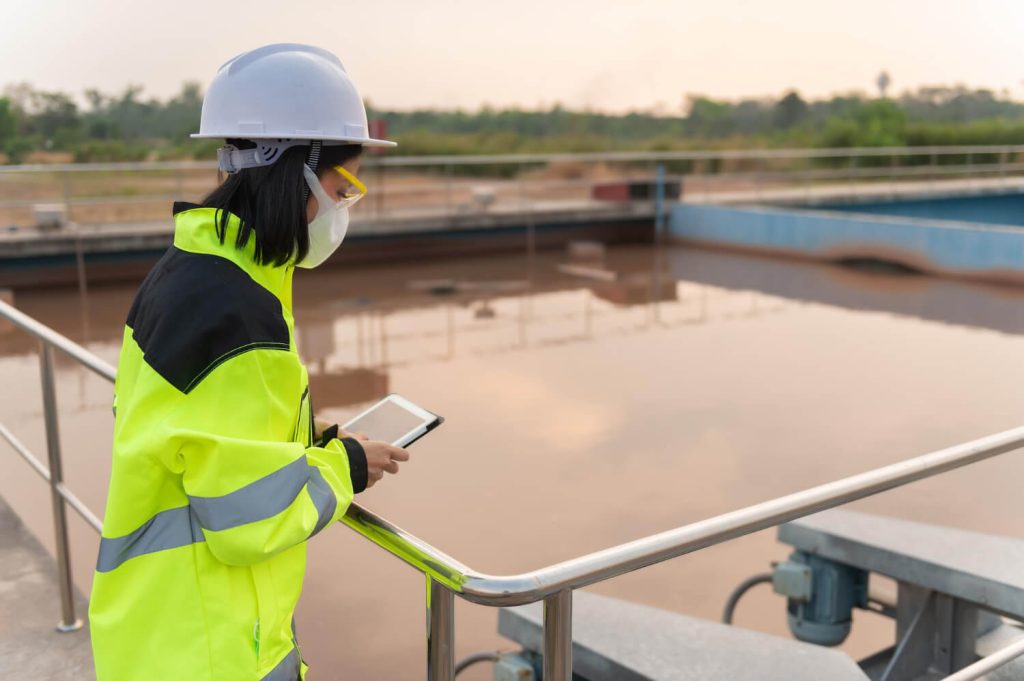
Smart cities
Cities are using IoT sensors to monitor water quality in their rivers, lakes, and reservoirs, to identify potential sources of pollution and take action to protect their water resources.
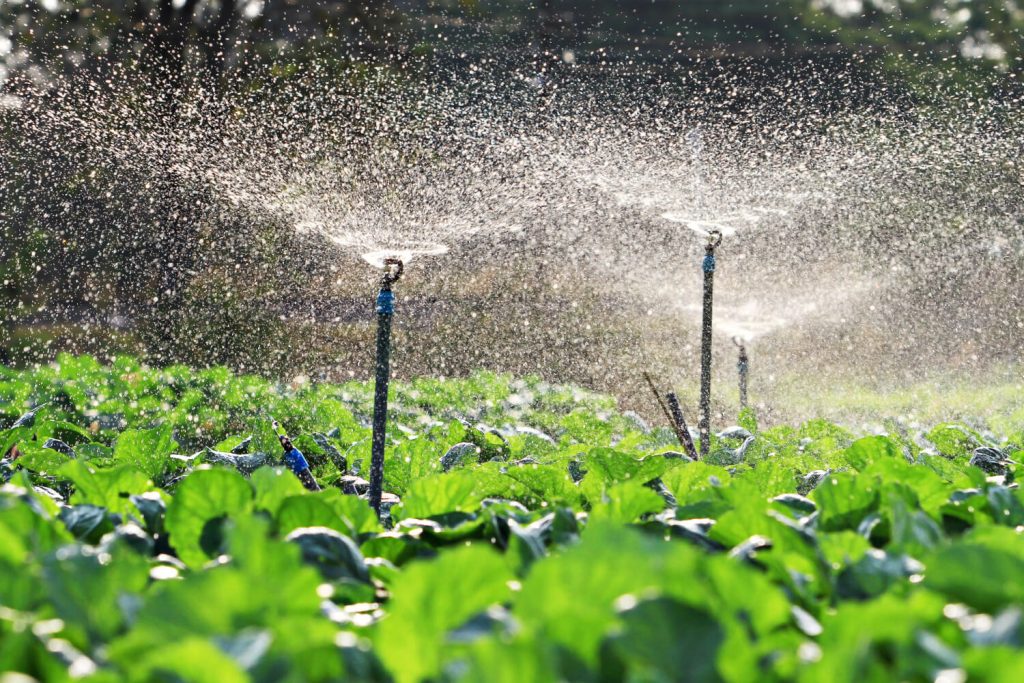
Agriculture
Farmers are using IoT sensors to monitor water quality in their irrigation systems, to ensure that their crops are receiving the right amount of water and nutrients.
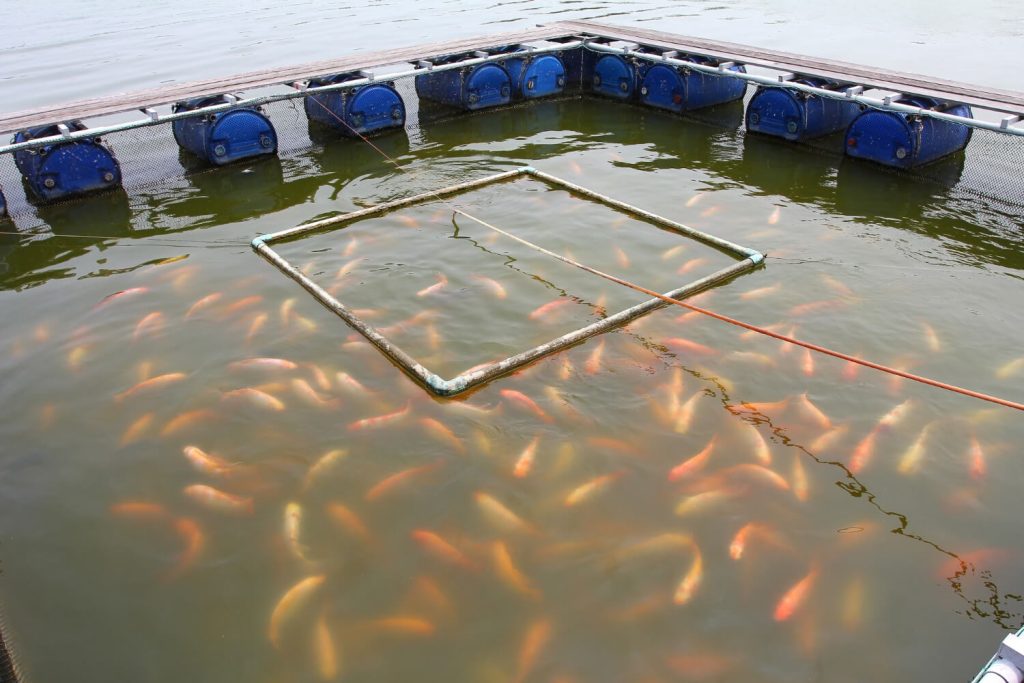
Aquaculture
Fish farmers are using IoT sensors to monitor water quality in their fish tanks, to ensure that their fish are healthy and growing properly.
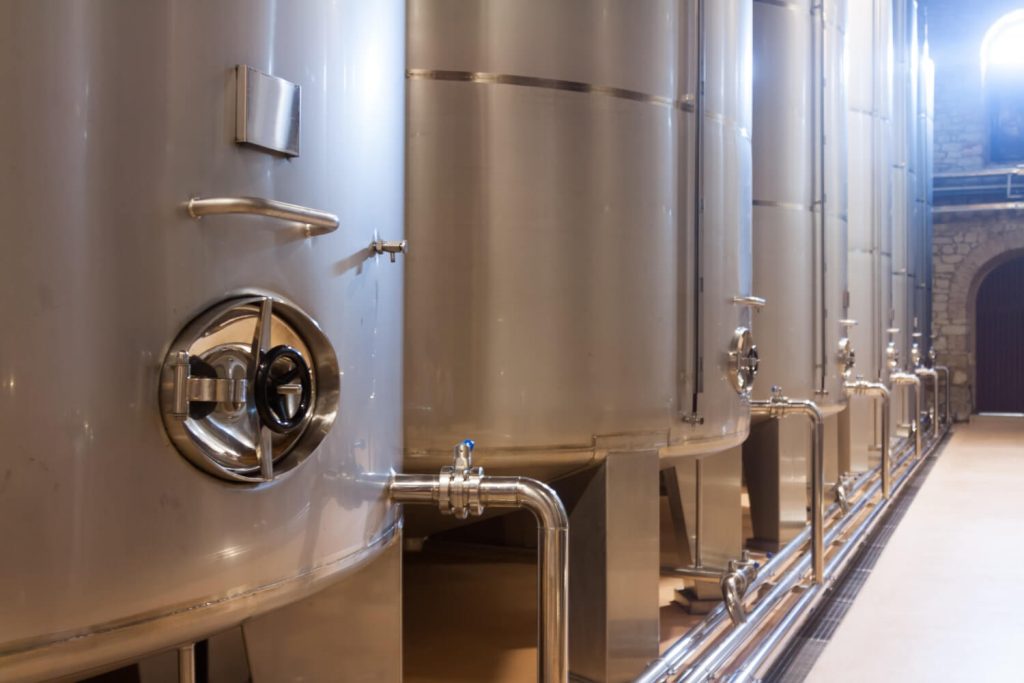
Industrial processes
Industrial companies are using IoT sensors to monitor water quality in their processes, to ensure that they are not releasing harmful pollutants into the environment.
Water quality monitoring with IoT offers a powerful tool for protecting our water resources and ensuring that they remain safe, clean, and sustainable. By deploying sensors and data analytics tools, we can monitor water quality in real-time, detect potential sources of pollution, and take action to protect our water resources. As such, water quality monitoring with IoT is an essential tool for environmental protection, agriculture, and many other applications.
Flood & Water Level Monitoring
The internet of things can help us keep an eye on floods and water levels by placing small devices in different locations in water bodies. These devices, known as sensors or nodes, are capable of detecting changes in water levels. By doing this, we can get a better understanding of how much water is in a certain body of water and where the flood risk areas are.
The sensors collect data and transmit it to a central database. The data can be used to forecast potential flood events, monitor water usage, and detect changes in water levels due to natural or human factors. Flood and water level monitoring IoT devices can help individuals, organizations, and governments take appropriate actions to minimize the impact of potential flood events.
IoT water level monitoring can help us to better manage our water resources and prepare for possible flooding events, which can help to reduce the impact on human life, property, and the environment.
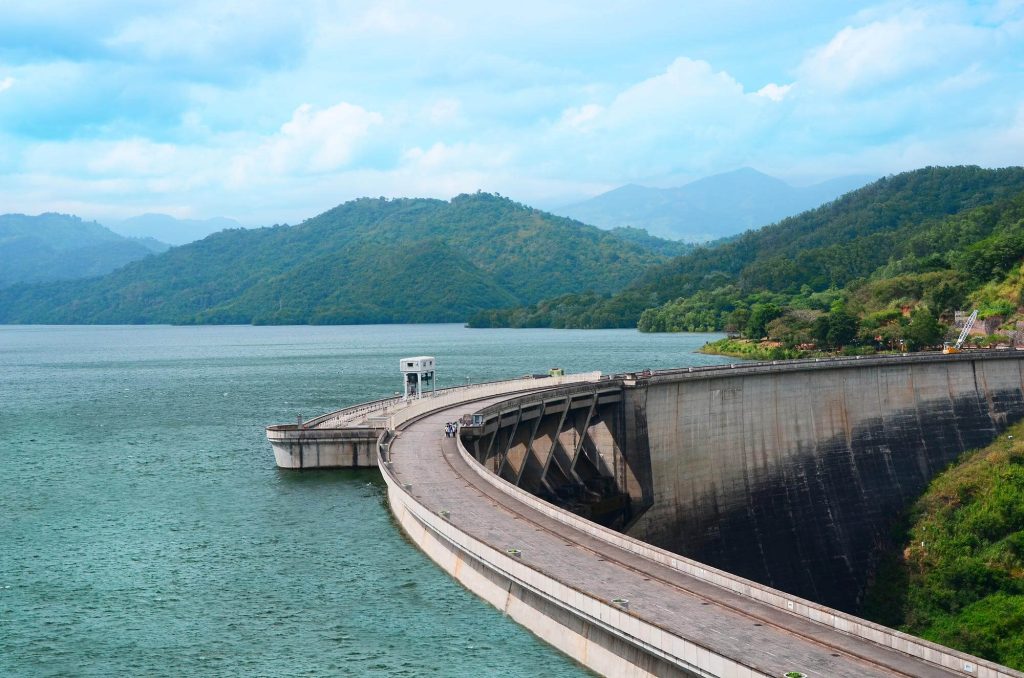
Flood & Water Level Monitoring
The internet of things can help us keep an eye on floods and water levels by placing small devices in different locations in water bodies. These devices, known as sensors or nodes, are capable of detecting changes in water levels. By doing this, we can get a better understanding of how much water is in a certain body of water and where the flood risk areas are.
The sensors collect data and transmit it to a central database. The data can be used to forecast potential flood events, monitor water usage, and detect changes in water levels due to natural or human factors. Flood and water level monitoring IoT devices can help individuals, organizations, and governments take appropriate actions to minimize the impact of potential flood events.
IoT environmental monitoring can help us to better manage our water resources and prepare for possible flooding events, which can help to reduce the impact on human life, property, and the environment.
